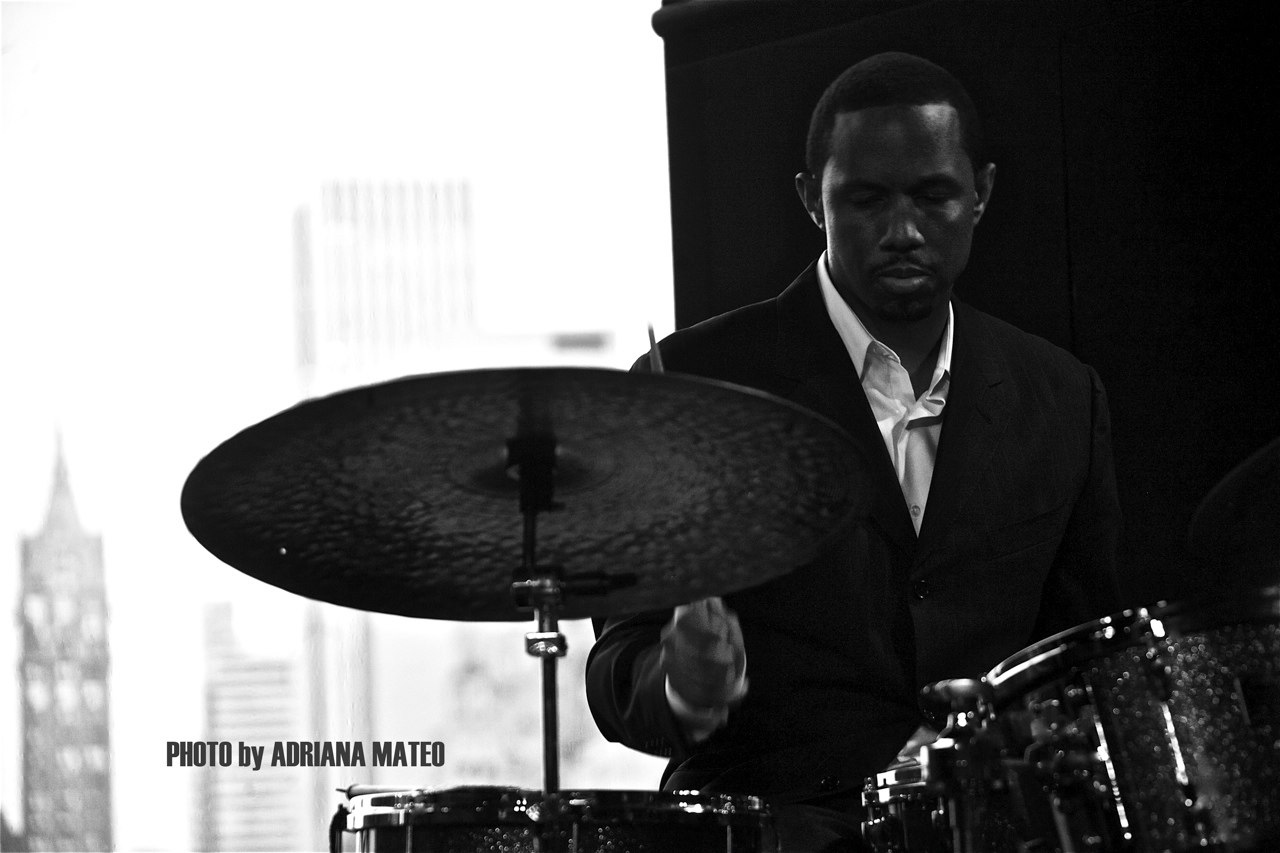April is Jazz Appreciation Month
Featured Image: Nils Schirmer on Unsplash
April was designated as Jazz Appreciation Month starting in 2001 by John Edward Hasse, the curator of the National Museum of American History at the Smithsonian Institution. Jazz Appreciation Month is an extension of Jazz Awareness Month, introduced by the Louisiana Jazz Federation in New Orleans in 1980. Schools, libraries, community organizations and other groups currently offer free educational programs and events to promote jazz awareness. Trumpeter Miles Davis is featured on the poster for Jazz Appreciation Month in 2023. He was a versatile musician associated with the bebop, cool jazz, and experimental jazz movements.
Jazz is regarded as the first unique style of music to emerge in America. It began in the late 1890s and early 1900s in the African American communities of New Orleans, though it was also influenced by Caribbean, Latin and European cultures. Ragtime, a popular style of music during that time, the blues, and the marches played by brass bands gave rise to a new type of music. Jazz soon became popular in other cities such as Chicago, New York City, and Kansas City. Radio broadcasts and early recordings allowed the music to reach even more listeners.
Jazz has helped to promote cultural and racial diversity and equality. The popularity of jazz during the 1920s and 1930s brought people of various ethnic backgrounds together, and many jazz musicians became familiar and respected figures in America and overseas. Jazz embodies the American ideals of freedom of expression, creativity, liberation, and diversity. It is associated with the Civil Rights Movement. Jazz has influenced and been influenced by other musical forms, such as rock, hip-hop, blues, and classical music. It has influenced fashion and literary movements as well.
Over the past 100 years, many different styles of jazz have emerged. Traditional, Dixieland, Swing, Big Band, bebop, and cool jazz were part of the first half of the 20th century. During the second half, musicians influenced by rock and rhythm and blues began adding electric piano, organ, guitar and bass guitar to their arrangements. Latin jazz, bossa nova, modal jazz, jazz fusion, avant-garde, modern, and freeform jazz were some of the subgenres to emerge. Jazz continues to evolve, as contemporary musicians compose and play nu jazz, electronica, and acid jazz.
Jazz is popular in many countries. Jazz Appreciation Month culminates with International Jazz Day on April 30. There will be many global live performances to mark the occasion. Jazz fans can check their local news outlets or look online to find events.
There are many ways to observe Jazz Appreciation Month. Revisit your favorite jazz album or jazz standards to evoke mellow moods and treasured memories. Explore new jazz releases or music by artists who seem interesting. Visit Night is Alive’s website for suggestions on new CDs. Read an autobiography by or biography about a famous jazz musician, or watch a movie or documentary about jazz. As the weather gets warmer, consider attending a live concert or jazz festival, or visit a nightclub.
Author: Patricia Martin



